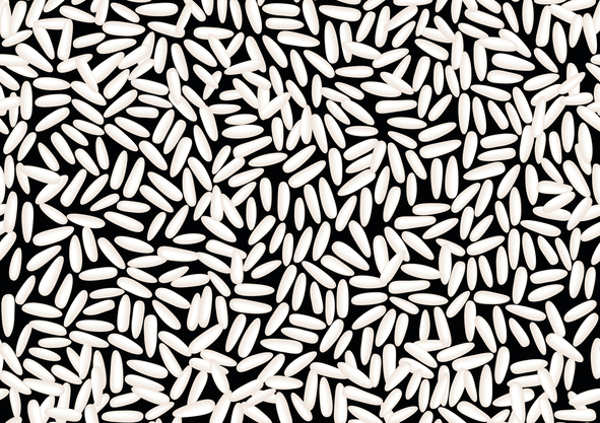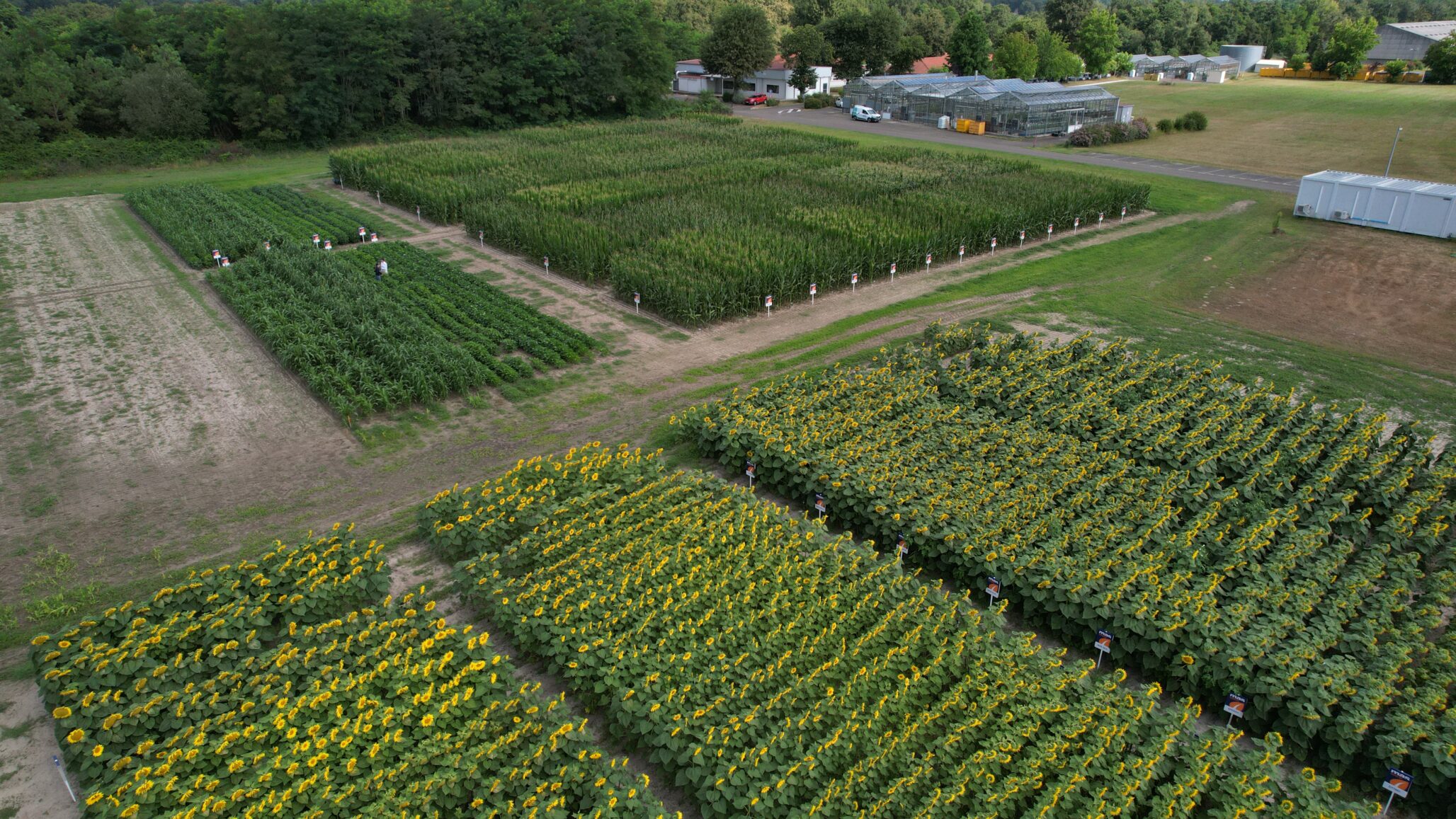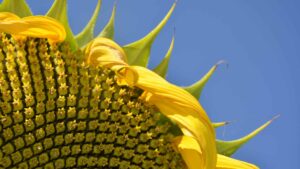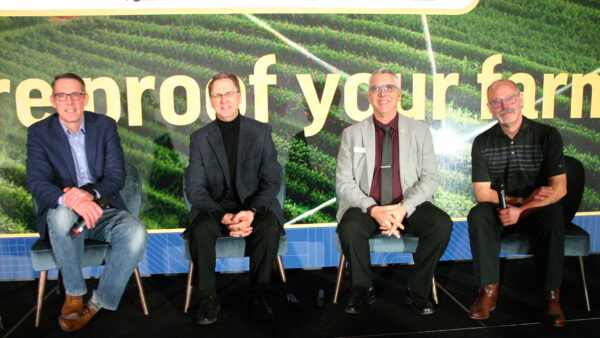Segmentation of the oilseed crops market in the past few years has drastically changed the global landscape and obliged breeding companies to adapt their strategy to fulfil these new demands. The sunflower crop is definitively a good example, as the segmentation not only refers to input traits useful for improving the profitability of the crop at farmers’ level (herbicide technology, resistance to broomrape or pathogens), but also to output traits requested by the oil industry (fatty acid profiles). Even if more limited yet, segmentation is clearly rising in oilseed rape with the continuous development of Clearfield or HOLL hybrids.
The process of creating a variety takes around 10 years, which is too long a period to address these markets’ demands in a timely manner. Building a conversion program is the most appropriate strategy for a breeding company to successfully face the challenge when a new segment should arise. For characteristics controlled by a single (dominant) trait like broomrape resistance, the process is rather simple and new converted hybrids can be obtained within 2-3 years. It takes more time for complex characters – for example, modification of fatty acid profile for building high oleic hybrids as both parents have to be converted – but it remains definitively faster than by classical breeding. Of course, the capacity to use molecular markers, glass house facilities, and winter season nurseries, speeds up the process.
At Euralis Semences it’s been a long time that we have developed “high throughput” programs for monitoring the introgression of requested traits in our elite germplasm. A quick glance of our current sunflower portfolio clearly demonstrates how that strategy was the good one. Most of our sunflower hybrids bear the best broomrape resistance traits available and we offer a large set of multiple stacks with other traits like herbicide resistance and/or high oleic, allowing the European farmers to choose a variety adapted to each segment.
According to our experience, we consider that four items are key for being successful.
First of all, the breeding company has to define its own priorities in order to allocate resources accordingly. Priorities obviously are based on market forecast analysis but also on other specific characteristics – as for example the strengths/weaknesses of the current portfolio – which means their ranking can’t be same between different companies.
The second point to check before starting an introgression work is related to the potential IP restrictions either on the trait of interest or on the molecular tools used. Better to get agreements with IP owners at the beginning of the program!
Thirdly, we think it is compulsory to focus the introgression of traits on elite germplasm only. Never forget that yield and general agronomic characteristics are of first importance for the farmer and will be part of the success of the new technology.
Lastly, it’s also necessary to regularly analyze the balance between conversions and “creative breeding” activities as only the second one can keep the genetic progress sustainable.
Recent segmentation has make the breeding work more complex but providing farmers and industry with varieties adapted to their needs is the normal business of seed companies and by handling conversions programs, they demonstrated their capacities to successfully answer that new challenge.








